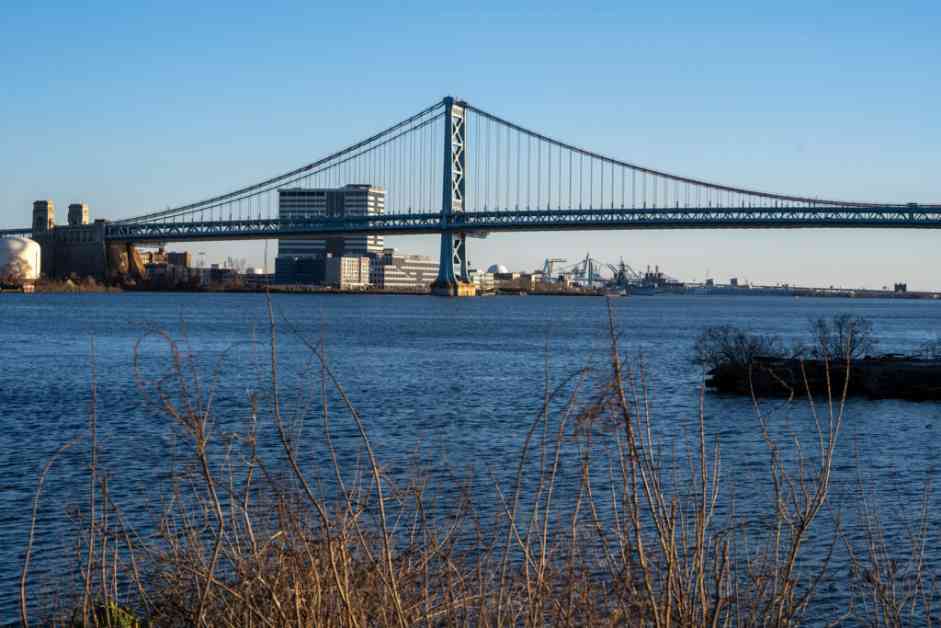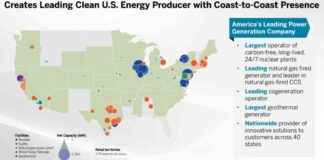Sea-Level Rise Threatens Drinking-Water Intakes in Philadelphia, Southern N.J.
Philadelphia and southern New Jersey are facing an impending threat: the possibility of sea-level rise flooding drinking-water intakes that serve millions of residents. The Delaware River Basin Commission recently expressed concerns that the current strategy to prevent saltwater intrusion up the Delaware River may not be sufficient in the face of rising sea levels and potential drought conditions.
Existing Protection Measures
The Trenton Flow Objective, established in 1983, is a critical program designed to maintain a consistent flow of fresh river water past New Jersey’s state capital to prevent saltwater from encroaching on drinking water intakes in northeast Philadelphia and Burlington County, New Jersey. However, the DRBC’s latest State of the Basin report suggests that this program may no longer be effective in repelling salinity due to sea-level rise and changing climate conditions.
The report indicates that the salt front, defined by a chloride concentration exceeding safe levels for drinking water, has historically been kept at bay between River Miles 67 to 76. However, projections show that sea-level rise could push this salt front closer to the intakes, posing a significant risk to water quality and infrastructure.
Challenges and Solutions
John Jackson, a senior research scientist at the Stroud Water Research Center, emphasized the importance of addressing the dual challenges of sea-level rise and drought. He highlighted that while heavy rainfall can temporarily mitigate the effects of rising salinity during storms, prolonged drought conditions could exacerbate the problem.
The DRBC is currently exploring new management strategies and conducting studies to determine the best course of action to protect the drinking water intakes in the region. Amy Shallcross, the agency’s manager of water resource operations, emphasized the need for innovative solutions to address the evolving threat of saltwater intrusion.
The agency is also working to establish a comprehensive understanding of the relationship between sea-level rise and salinity and develop tools to evaluate various management options. In the face of increasing salt levels from land runoff and potential sea-level rise, the DRBC is committed to safeguarding the region’s water resources.
Environmental Impacts and Community Concerns
The potential consequences of saltwater intrusion extend beyond water quality issues. Carol Collier, a former executive director of DRBC, highlighted the ecological implications of a saline Delaware River Estuary, impacting fish migration, endangered species like the Atlantic sturgeon, and vital tidal marsh ecosystems.
As climate change continues to drive sea-level rise and alter weather patterns, communities in the Delaware River Basin must grapple with the need for adaptive measures. From planting trees to implementing green infrastructure, residents can play a role in mitigating the impacts of environmental changes on water resources.
In conclusion, the collaborative efforts of organizations like the DRBC, along with community engagement and scientific research, are essential in developing sustainable solutions to protect water supplies in the face of climate challenges. As sea levels continue to rise, proactive measures and informed decision-making will be crucial in safeguarding the region’s drinking water intakes and ecological balance.














